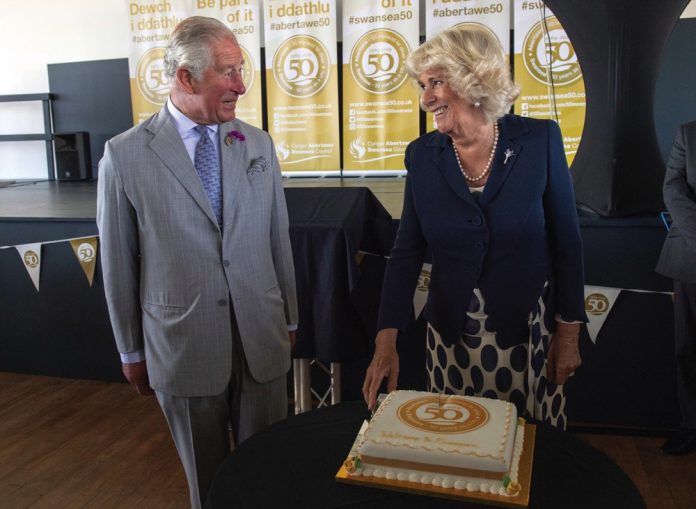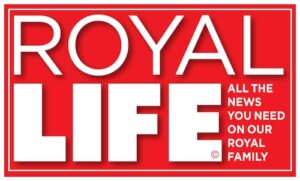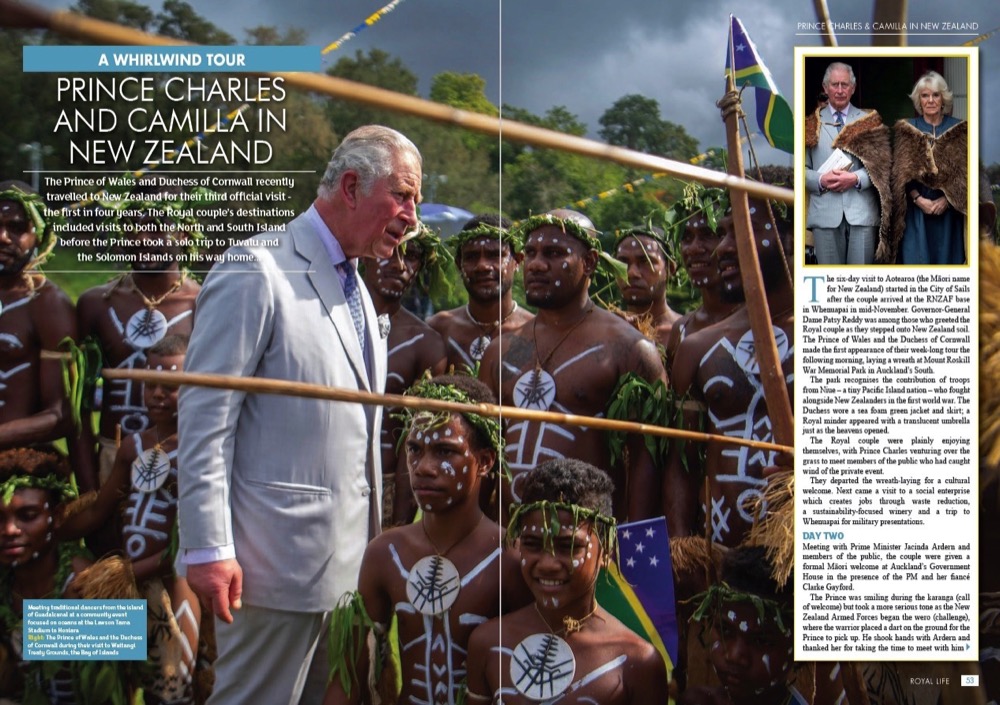
THE PRINCE OF WALES AND THE DUCHESS OF CORNWALL VISIT THE TOWER OF LONDON
Thursday 13th February 2020
The Prince of Wales and The Duchess of Cornwall will visit The Tower of London to mark 535 years since the creation of Yeoman Warders (Beefeaters) and join a reception with VisitBritain/VisitEngland to celebrate 50 years of the British Tourist Authority.
The Prince of Wales and The Duchess of Cornwall will be greeted by the Constable of the Tower, plus representatives of VisitBritain before joining Yeoman Warders for a photograph in front of the White Tower, the iconic landmark from which The Prince’s standard will be flying.
Their Royal Highnesses will proceed inside The Queen’s House and visit the cell where Thomas More was imprisoned. Here, Their Royal Highnesses will learn a brief history of the space.
Their Royal Highnesses will move to the Ceremonial Chamber to meet Yeoman Warders in a small reception where they will cut a cake to mark the 535th anniversary since Yeoman Warders were introduced, using a Yeoman Warder’s instrument (i.e- axe or Tudor knife.)
Next, Their Royal Highnesses will head upstairs to the Council Chamber, where Guy Fawkes gave his written confession. Here, Their Royal Highnesses will inspect The Princes of Wales’ Coronet following 50 years since the Investiture of The Prince of Wales last year. The Coronet was presented to HM The Queen by the Goldsmiths’ Company for His Royal Highness’s Investiture as Prince of Wales at Caernarfon Castle on 1 July 1969.
Their Royal Highnesses will sign the visitors’ book upon departure and be escorted by six Yeoman Warders to a reception in the New Armouries Banqueting Suite. As longstanding Patron of English Tourism Week, The Prince along with The Duchess will join key representatives from London’s tourist attractions to celebrate 50 years since The Tourism Act 1969, the birth of the tourist board of Great Britain, VisitBritain.
The British Tourist Authority
The British Tourist Authority was formed in 1969 following the passing of the Tourism Act that year. It was one of four statutory tourist bodies established alongside England, Scotland and Wales.
From 5.8 million overseas visits to the UK in 1969 to 38.5 million in 2019, inbound tourism is now the country’s third largest service export forecast to generate £26.6 billion in overseas visitor spending this year. When including domestic tourism the industry is worth £127 billion annually to the economy, employing 3.1 million across the UK.
Tourism is an engine of economic growth, creating jobs and boosting local economies including coastal towns and rural communities, and creating a sense of people, place and wellbeing.
Tourism also has a global role as a major part of British trade, driving inward investment and framing how people around the world view Britain, promoting a message of welcome and driving its leading ‘soft power’ rankings.
English Tourism Week (ETW) is being held this year from 18-25 April. Led by VisitEngland, ETW is an annual celebration of English tourism, the week highlights the innovation, quality, range and value of the industry and its contribution to the economy.
The Tower of London
For over 900 years the Tower of London has dominated the City of London and is still one of the capital’s most prominent landmarks. Today the Tower is cared for by independent charity Historic Royal Palaces and is the most visited ‘paid-for’ attraction in the UK with more than 2.8 million visitors annually. Overall more than 10 million visits are made each year to Britain’s castles and historic houses and seven million to a religious building. Almost 30% of all inbound trips include a visit to a castle or historic house with those visitors spending £8 billion in the UK every year.
Throughout its long history, the Tower has served as a royal palace and fortress, prison and place of execution, an arsenal, royal mint, menagerie and jewel house. Today, London’s great royal fortress is home to some of the most potent symbols of British history; the Yeoman Warders, ravens and Crown Jewels.
Around 1078, William the Conqueror began work on a great stone palace with walls 15 feet thick, known since the medieval period as the White Tower. It now houses a collection of historic royal arms and armour belonging to the Royal Armouries, including the magnificent armour of Henry VIII. The striking outer defences of the fortress were established and enlarged by subsequent monarchs to create the 22 towers that make up the Tower of London today.
Yeoman Warders
The Yeoman Warders, often called Beefeaters, are descended from the ancient band of warders who, from early in the Tower’s history, had the responsibility for guarding the gates and royal prisoners. Whilst it is assumed there were guards based at the Tower since its inception, the earliest records of the Yeoman Body as we know them today dates back to 1485 when the first monarch of the Tudor dynasty, King Henry VII, formed a guard at the Tower whose uniforms incorporated a Tudor rose as an emblem.
Modern Yeoman Warders are still Extraordinary Members of the Queen’s Bodyguard and are all former warrant officers from Her Majesty’s Forces with an honourable service record of at least 22 years. Today there are 37 Yeoman Warders who combine their traditional ceremonial role with that of tour guide.
Catch up on The Prince of Wales and The Duchess of Cornwall’s most recent engagements, in the latest issue of Royal Life magazine.










